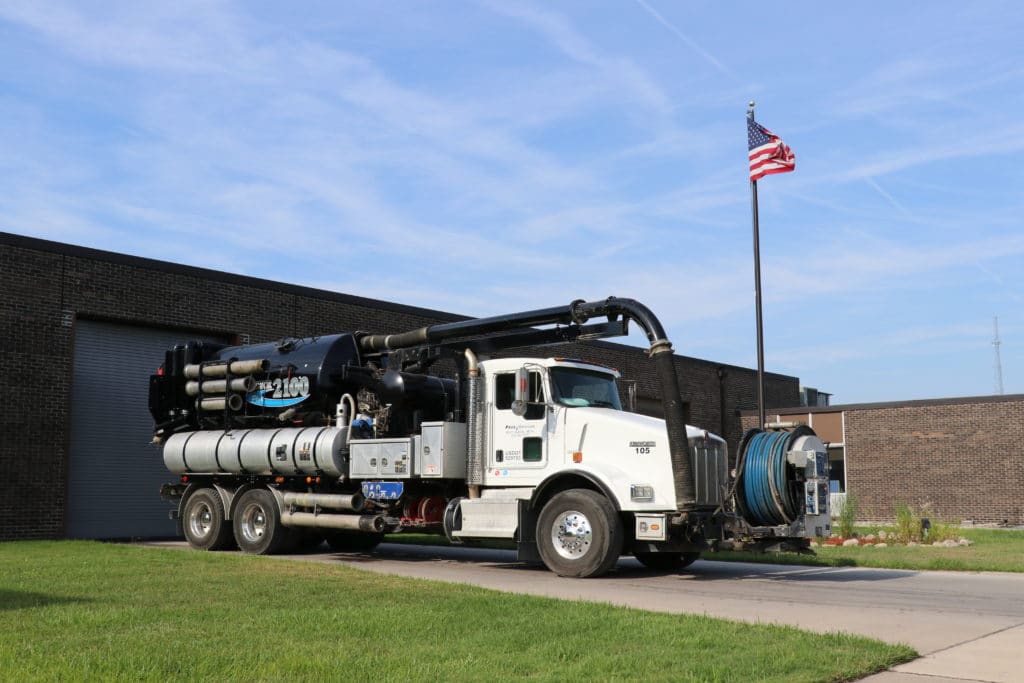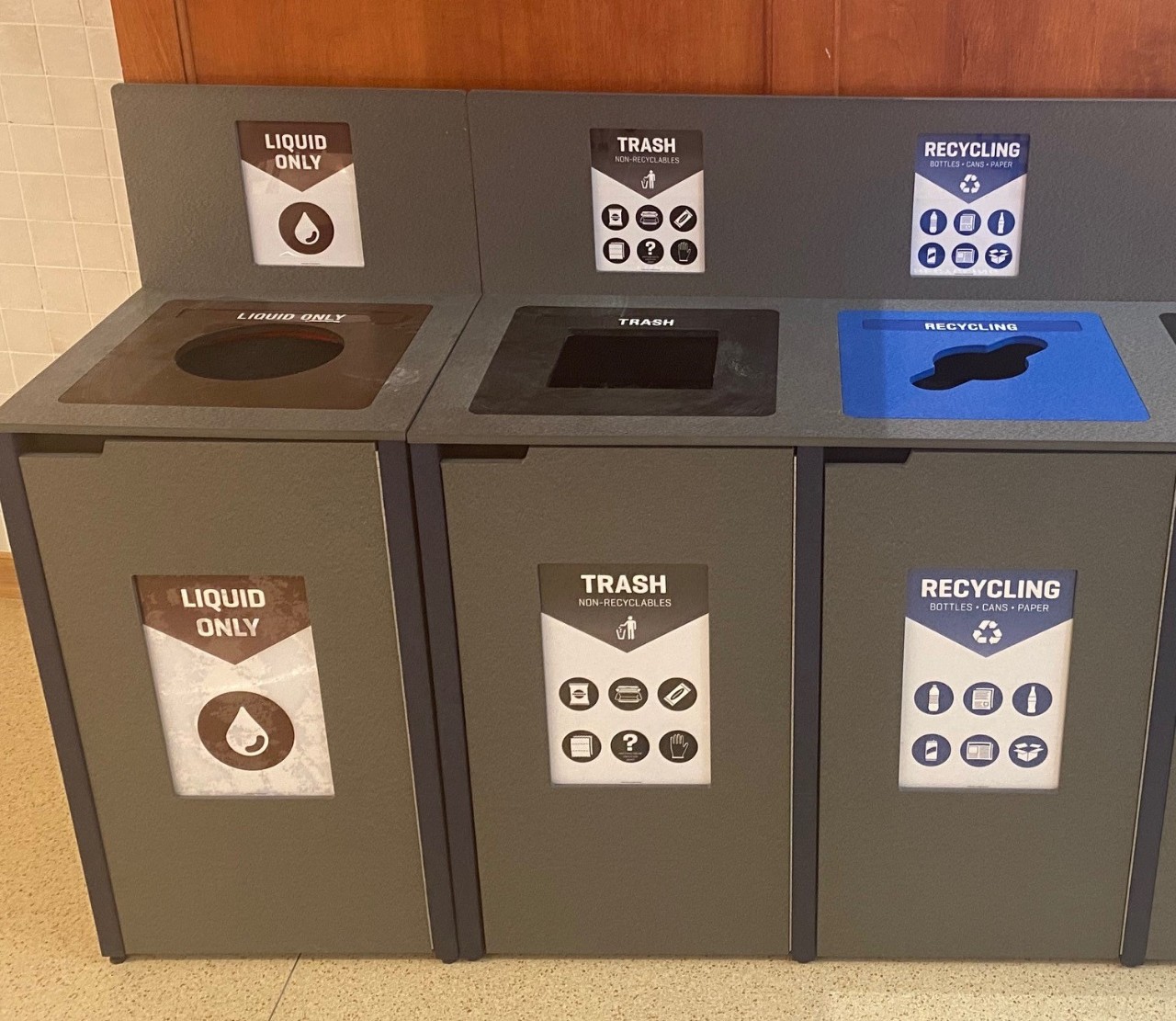Just How Fluid Waste Disposal Functions: A Thorough Review of Methods and Technologies Used

Overview of Fluid Waste Kind
The complexity of liquid waste kinds demands a thorough understanding of their characteristics and implications for disposal. Fluid waste can generally be categorized right into numerous kinds, including industrial, community, agricultural, and dangerous waste. Each category shows unique properties, calling for details monitoring methods to reduce environmental and health and wellness dangers.
Industrial liquid waste stems from producing processes and commonly includes a series of impurities, such as hefty metals, solvents, and natural compounds. Local liquid waste, mostly making up wastewater from houses and commercial establishments, has raw material, nutrients, and pathogens (industrial wastewater treatment). Agricultural fluid waste, including overflow from ranches, might contain plant foods, chemicals, and pet waste, posing threats to water high quality and communities
Dangerous liquid waste is characterized by its poisoning, sensitivity, or prospective to trigger injury. This category includes substances like acids, bases, and specific chemicals that require rigorous handling and disposal procedures. Recognizing these diverse liquid waste types is crucial for developing reliable disposal approaches and making certain conformity with ecological policies. Proper classification and characterization are important for implementing proper treatment strategies and decreasing the negative influence on public health and the environment.
Physical Therapy Methods

Testing is the initial action, where larger particles and particles are gotten rid of from the liquid waste making use of displays or grates. This procedure safeguards downstream tools from damage and guarantees smoother procedure. Complying with testing, sedimentation makes use of gravitational force to different solids from fluids. In sedimentation storage tanks, much heavier particles settle at the bottom, forming a sludge layer, while the clarified liquid can be more dealt with.
Filtering is another vital method that includes passing the liquid through porous materials, such as sand or membranes, to capture smaller sized fragments. This step enhances the top quality of the liquid, making it suitable for subsequent treatment procedures.

Chemical Treatment Strategies
Chemical therapy strategies are important for successfully handling liquid waste, specifically in dealing with dissolved and colloidal contaminants that physical methods might not sufficiently eliminate. These methods make use of numerous chemical representatives to reduce the effects of, speed up, or change unsafe substances into less damaging types.
One common technique is coagulation and flocculation, where chemicals such as alum or ferric chloride are contributed to promote the gathering of put on hold fragments. This process enhances sedimentation, permitting easier elimination of the click to find out more resulting sludge. In addition, oxidation procedures, utilizing representatives like chlorine or ozone, are employed to damage down complicated organic substances and pathogens, rendering the waste safer for discharge or further therapy.
Neutralization is another critical strategy, which readjusts the pH of acidic or alkaline waste streams to neutral levels, preventing potential harm to downstream systems and the environment. Additionally, progressed oxidation procedures (AOPs) use combinations of oxidants and ultraviolet light to break down persistent toxins, accomplishing a greater level of treatment performance.
Biological Treatment Procedures
Organic therapy processes play an essential function in the monitoring of fluid waste by utilizing bacteria to break down natural matter and lower pollutant levels. These processes can be extensively classified right into cardiovascular and anaerobic treatments, each using certain microbial communities to accomplish reliable waste deterioration.
Aerobic treatment involves other making use of oxygen to assist in the malfunction of natural products by germs. This procedure is commonly applied in turned on sludge systems, where oygenation storage tanks give a conducive atmosphere for microbial development, resulting in the oxidation of organic pollutants. The resultant biomass can be separated from dealt with effluent through sedimentation.
In contrast, anaerobic therapy takes place in the lack of oxygen, relying on different germs to damage down raw material. This technique is specifically useful for high-strength waste, as it produces biogas, a renewable resource source, while decreasing sludge production. Technologies such as anaerobic digesters are often employed in industrial and local applications.
Both anaerobic and cardiovascular biological treatments not just lessen the ecological influence of fluid waste but additionally assist in source healing, making them important parts of lasting waste monitoring strategies. Their adaptability, effectiveness, and effectiveness support their prevalent implementation across numerous markets.
Emerging Technologies in Disposal
Cutting-edge approaches to liquid waste disposal are swiftly developing, driven by developments in technology and an increasing emphasis on sustainability. Among these emerging technologies, membrane bioreactors (MBRs) have actually gotten traction for their capacity to combine biological therapy with membrane purification, causing top quality effluent that can be recycled in various applications. MBRs allow smaller impacts and a lot more effective operations contrasted to standard systems.
Another encouraging growth is using anaerobic digestion combined with nutrient recovery innovations, which not just deals with fluid waste however additionally creates biogas and recoups important nutrients like nitrogen and phosphorus. This dual benefit enhances resource efficiency and lowers environmental effect.
Additionally, progressed oxidation procedures (AOPs) are being taken on for the destruction of complex natural pollutants. These approaches utilize effective oxidants and stimulants to break down pollutants at the molecular level, supplying an extremely effective remedy for tough waste streams.
Additionally, the integration of man-made knowledge and artificial intelligence in waste administration systems is optimizing operational effectiveness and predictive maintenance, resulting in reduced expenses and boosted ecological click this link compliance. These technologies reflect a substantial shift towards even more reliable and lasting liquid garbage disposal practices.
Conclusion
In conclusion, reliable liquid waste disposal requires an extensive understanding of numerous strategies and innovations. By continuously progressing these techniques, it becomes feasible to resolve the expanding challenges associated with liquid waste, inevitably contributing to ecological protection and resource recuperation.
Fluid waste disposal is an important element of environmental management, needing a thorough understanding of various methods and innovations customized to different waste kinds. Liquid waste can generally be classified right into numerous kinds, including commercial, community, farming, and dangerous waste. Agricultural liquid waste, including overflow from ranches, may include fertilizers, chemicals, and pet waste, posturing threats to water top quality and ecological communities.
Numerous physical therapy techniques play an essential duty in handling liquid waste properly - industrial wastewater treatment.In conclusion, reliable fluid waste disposal demands a detailed understanding of different techniques and modern technologies
Comments on “Expert Liquid Waste Removal Melbourne: Quick and Cost Effective Solutions”